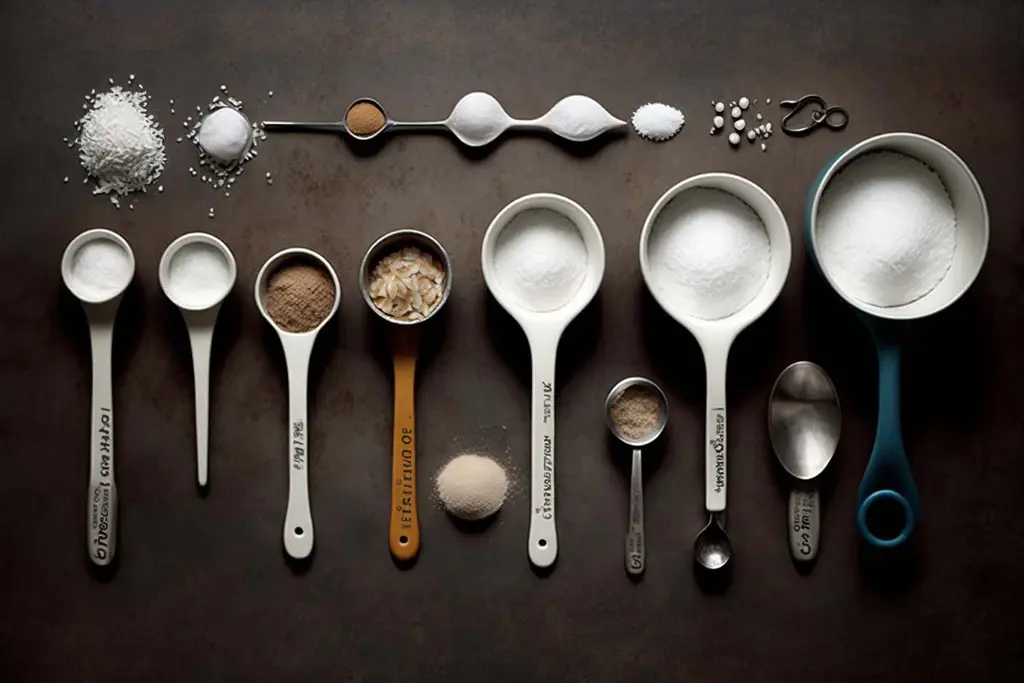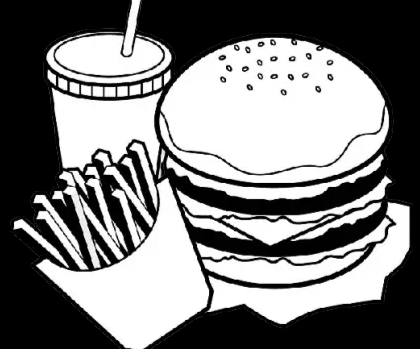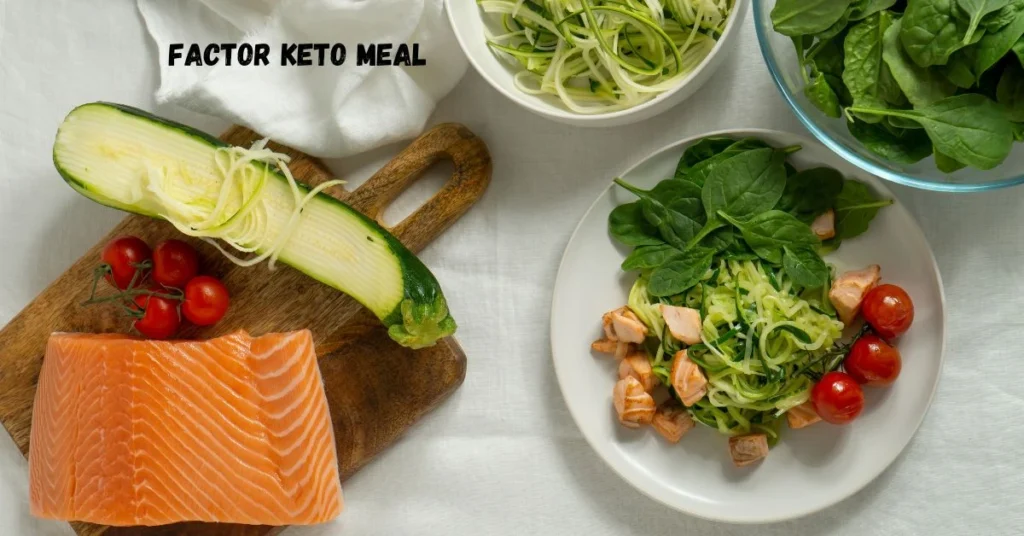Teaspoon: History, Uses, and Everyday Significance

A teaspoon is a small utensil commonly used for stirring beverages like tea or coffee and for measuring ingredients in cooking and baking. Its capacity can vary between 2.5 to 7.3 milliliters, depending on the region and the specific spoon. However, in many countries, especially those using the metric system, a standard teaspoon is defined as holding exactly 5 milliliters.
Historical Background
The history of the teaspoon is tied closely to the rise of tea and coffee consumption in Europe during the 17th century. Initially, tea and coffee were considered luxury goods, reserved for the wealthy. The utensils associated with these beverages, including teaspoons, reflected this exclusivity. Early teaspoons were often crafted from silver or gold and featured intricate designs that showcased craftsmanship and wealth.
By the 18th century, as tea and coffee became more accessible to the middle class, the production of teaspoons expanded. They were no longer exclusively made of precious metals but also crafted from pewter, stainless steel, and other durable materials. This shift made them more affordable and available to the general population.
Over time, teaspoons became standardized in size and design to meet the needs of both casual dining and precise measurements in cooking and baking. The evolution of teaspoons mirrors the broader social changes of the time, including the democratization of luxury items and the growing importance of standardized tools in domestic life.
Teaspoon as a Unit of Measurement
In culinary practices, the teaspoon is a fundamental unit of measurement. Its exact volume can differ based on regional standards:
- Metric Teaspoon: In countries adhering to the metric system, a teaspoon is standardized at 5 milliliters.
- United States Customary Teaspoon: In the U.S., a teaspoon is defined as 1/6 of a U.S. fluid ounce, which equates to approximately 4.93 milliliters.
- British Teaspoon: Historically, in the United Kingdom, a teaspoon was equivalent to 1/8 of a British imperial fluid ounce, approximately 3.55 milliliters. However, modern UK recipes typically align with the metric standard of 5 milliliters per teaspoon.
Variations of Teaspoons
Beyond the standard teaspoon, several variations exist, each serving specific purposes:
- Iced Tea Spoon: Characterized by a longer handle, this spoon is designed for stirring tall glasses of iced tea or other beverages.
- Coffee Spoon: Slightly smaller than a standard teaspoon, it’s intended for use with small coffee cups, especially in formal settings.
- Grapefruit Spoon: Featuring a tapered or serrated edge, this spoon is designed to separate citrus fruit segments from their membranes efficiently.
- Bar Spoon: Used in mixology, this spoon often has a long handle and a capacity equivalent to a teaspoon, aiding in measuring and stirring cocktail ingredients.
Common Measuring Mistakes
Accuracy in measuring ingredients is crucial, especially in baking. Common mistakes include using inaccurate measuring spoons, confusing grams with milliliters, and over-relying on weight measurements for small quantities. Ensuring the correct use of measuring tools can significantly impact the success of a recipe.
Cultural Significance
Teaspoons are more than just functional items; they often hold cultural and personal significance. For instance, individuals may develop attachments to specific spoons, associating them with memories or personal preferences. The design and choice of cutlery can reflect individual taste and cultural practices, highlighting the teaspoon’s role beyond mere utility.
Conclusion
The humble teaspoon plays a vital role in daily life. From its historical origins to its practical applications in modern kitchens. Understanding its variations, measurement standards, and cultural significance can enhance our appreciation of this everyday utensil.
Visit Factor-meals.com for more.



